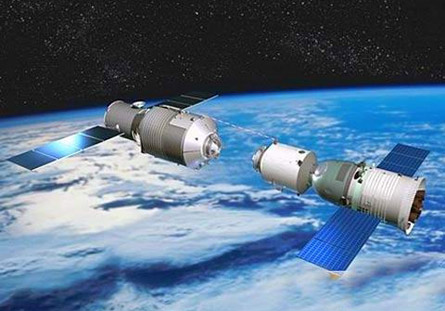China's Shenzhou 10 spacecraft has landed, returning three taikonauts to Earth after 15 days in space.
The capsule landed in China's Inner Mongolia province, and the three taikonauts are reportedly in good health. Politicians and scientists associated with the programme released congratulatory statements, and the mission was declared a full success.
During the flight, the capsule rendezvoused with the Tiangong-1 space station in low Earth orbit (LEO), performing docking maneuvers and accumulating data for further flights. Shenzhou-9, launched in 16 June 2012 also docked with Tiangong-1.
Though Tiangong-1 is not nearly as large or sophisticated as the International Space Station (ISS), it is considered a forerunner of a much larger and more capable Chinese space station. The follow-on, Tiangong-2 is tentatively scheduled for launch in 2015, and at least one additional station is planned to follow.
China is in the midst of a massive buildup in space technology, quickly becoming one of the world's foremost space powers. Only the third nation capable of human spaceflight, China is working with technology roughly equivalent to that used by the United States and Soviet Union in the 1960s, but is quickly progressing. Within a decade, China hopes to launch space stations, large new rockets and major interplanetary missions.
 |
|---|
China Manned Engineering Office |
Source: Flight International






















